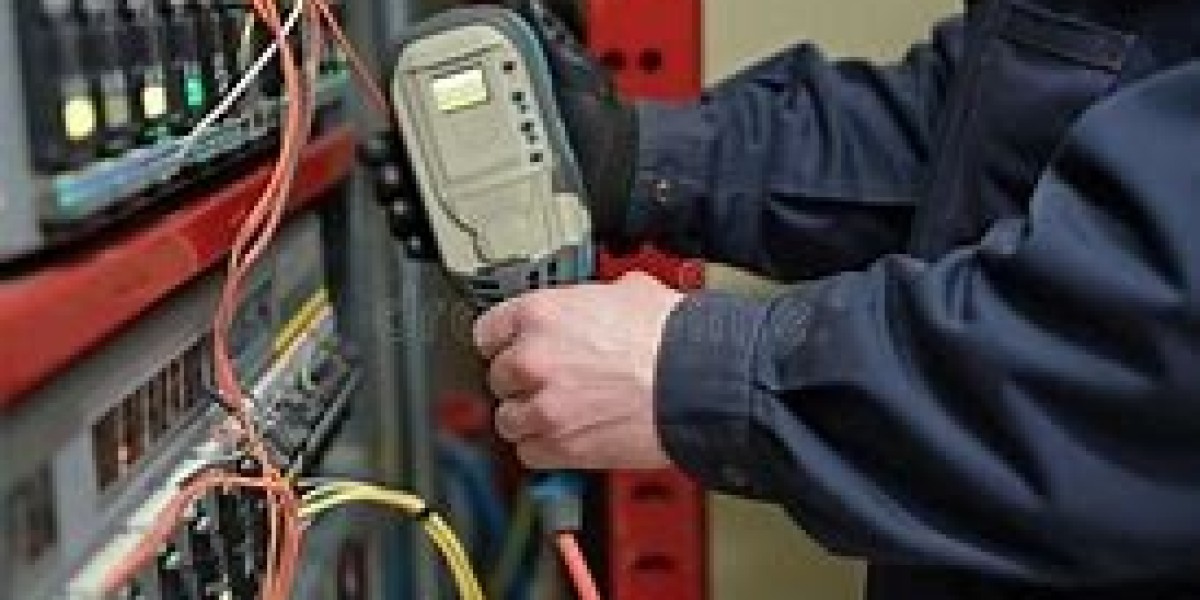Electrical safety is a critical aspect of home maintenance, and for homeowners of older properties, this importance is amplified. Older homes, while charming and often full of character, frequently come with outdated or deteriorating electrical systems. These systems were often designed to meet the needs and safety standards of a time when electrical appliances and technologies were far simpler than those we use today. As such, electrical safety inspections are not just a good idea—they are an essential part of ensuring the home is safe for its inhabitants.
Why Electrical Safety Inspections Matter
An electrical safety inspection is an in-depth evaluation of the electrical system in a home, including the wiring, outlets, circuit breakers, panels, and grounding systems. This type of inspection aims to identify any potential hazards that could lead to electrical fires, electrocution, or other serious risks. Electrical systems in homes built several decades ago may have worn out, become damaged, or simply failed to meet current safety standards. For homes built before 1960, it is especially important to have a thorough inspection due to the lack of grounding and the use of materials like cloth-covered wires that are prone to wear and tear.
- Risk of Electrical Fires
Electrical fires are a significant concern in homes with outdated electrical systems. According to the National Fire Protection Association (NFPA), electrical failures or malfunctions were the second-leading cause of home fires in the United States, accounting for approximately 13% of all home fires (NFPA, 2020). In older homes, where wiring systems may be brittle, faulty, or unable to handle modern electrical loads, the likelihood of a fire increases significantly. Many older homes still have fuse boxes or circuit breaker panels that can’t support the demand for electricity required by modern appliances. When these systems overload, they may cause short circuits or electrical sparks, both of which are potential fire hazards.
- Outdated Wiring and Materials
The wiring in older homes was often made from materials that were not intended for long-term durability. For example, homes built before the 1960s might have cloth-insulated wiring, which can deteriorate over time, exposing bare wires and increasing the risk of short circuits and electrical fires. Moreover, older homes frequently lack grounding systems, which means electrical faults can't be safely directed to the ground, increasing the risk of electric shocks or fires. As electrical systems were initially installed to handle fewer appliances and devices, the modern surge in electronic devices—such as computers, televisions, kitchen gadgets, and heating systems—puts an immense strain on these outdated systems.
- Outdated Panels and Circuit Breakers
Older homes often feature fuse boxes or circuit breaker panels that are insufficient for current electrical demands. Modern homes typically use circuit breakers that automatically shut off power when there is an overload, protecting the home from potential hazards. However, older panels might not have this feature, meaning an electrical overload can lead to a dangerous situation. Additionally, older panels are often unable to handle the load of modern electrical appliances. Many homes built before the 1960s also feature 60-amp panels, which are grossly inadequate for the needs of today’s households, where electrical loads regularly exceed 100 amps.
- The Need for Professional Inspections
While homeowners might consider inspecting their own electrical systems, it is always safer and more effective to hire a licensed electrician for a thorough inspection. Electricians are trained to identify potential hazards that the average person might overlook. For instance, loose wires, corroded connections, or improperly installed outlets can pose major risks. According to the U.S. Consumer Product Safety Commission, improper electrical installations and wiring are responsible for more than 50% of all electrical fires in homes, underscoring the importance of professional intervention (CPSC, 2018).
How Electrical Safety Inspections Work
During an electrical safety inspection, the electrician will check all of the home's electrical systems and components. The first step is to examine the electrical panel to ensure it is up to code. The electrician will check for rust, dirt, or any signs of wear and tear that could cause malfunctions. Next, they will check the wiring throughout the home. For homes with older wiring, this could mean identifying unsafe materials such as cloth-covered wires or aluminum wiring, which is more prone to overheating.
The electrician will also test outlets to ensure that they are properly grounded and that they don’t pose any shock hazards. Ground fault circuit interrupters (GFCIs), which are designed to prevent electrocution by cutting off power in the event of a short circuit, should be installed in areas where the risk of shock is greater, such as kitchens and bathrooms. Lastly, the inspection will involve checking for any overloaded circuits or circuits that are not up to code. Any issues discovered during the inspection will be addressed with necessary repairs or replacements, ensuring the home is up to current electrical safety standards.
Benefits of Regular Electrical Inspections
- Preventing Electrical Hazards
The most significant benefit of an electrical safety inspection is the prevention of electrical hazards. By identifying potential problems early, homeowners can avoid dangerous situations such as electrical fires or electrocution. As previously mentioned, older electrical systems are particularly susceptible to damage, and regular inspections can ensure that these issues are caught before they become serious threats.
- Ensuring Compliance with Modern Codes
Electrical codes have evolved over time, and homes built decades ago may not comply with modern safety standards. An inspection ensures that the electrical system is up to current codes, which can also be important when it comes time to sell the home. Many real estate transactions require an electrical inspection, and having an updated system can increase the value of the home. Additionally, many insurance companies will require proof of an updated electrical system before providing coverage, which means inspections can also help homeowners secure or maintain insurance.
- Saving Money in the Long Run
While electrical inspections may come with an upfront cost, they can save homeowners money in the long run. Identifying problems early can prevent the need for expensive repairs or the costs associated with electrical fires. Furthermore, a well-maintained electrical system is less likely to cause damage to appliances or devices, ensuring that homeowners do not have to replace electronics or pay for costly repairs.
- Improving Energy Efficiency
Upgrading an old electrical system can also improve a home’s energy efficiency. For example, replacing outdated wiring and switches or installing energy-efficient appliances can reduce energy consumption. Many older homes lack modern features such as energy-saving outlets or LED lighting, which can be implemented during the inspection and upgrades.
Statistics on Electrical Safety
Electrical issues are not something to be taken lightly. According to the National Fire Protection Association, electrical failures or malfunctions are the second leading cause of home fires, resulting in more than 47,000 home fires each year. These fires are responsible for significant property damage and, in many cases, loss of life. This underscores the importance of having regular electrical safety inspections, especially in older homes that may not meet the current standards.
Moreover, the U.S. Consumer Product Safety Commission found that approximately 51% of all home electrical fires are caused by improperly installed or maintained wiring. This statistic highlights the need for professional electrical safety inspections in older homes, where the risk of such issues is significantly higher due to outdated or deteriorating systems.
Conclusion
In conclusion, electrical safety inspections are a critical part of maintaining a safe and efficient home, particularly in older properties. The risks of electrical fires, electrocution, and other dangers associated with outdated electrical systems are very real. Homeowners who invest in regular inspections can prevent hazardous situations, ensure compliance with modern codes, save money in the long run, and improve the overall energy efficiency of their homes.
Given the risks posed by older electrical systems, the need for professional inspections is undeniable. If you live in an older home or have not had your electrical system inspected in the last few years, it is time to take action. For more information on electrical safety and to find a certified electrician in your area, visit trusted resources such as The National Fire Protection Association or the U.S. Consumer Product Safety Commission.



